WPC - all about whey protein concentrate

Whey protein powder-based protein supplements are extremely popular among people who regularly attend the gym to develop muscle mass and strength. You can find several types of whey protein preparations on the dietary supplement market, including the most common whey protein concentrate. So let's find out what whey protein concentrate is, its benefits and when it's best to use it.
- What is whey protein concentrate?
- How is whey protein concentrate produced and what is its use?
- WPC - brief characteristics
- What are the benefits of regular use of WPC?
- When is it best to use WPC and how to dose it?
- WPC - contraindications
What is whey protein concentrate?
Cow's milk contains about 3.3% total protein, which consists of 80% casein and 20% whey proteins. However, whey proteins include β-lactoglobulins, α-lactalbumin, bovine serum albumin (BSA), immunoglobulins, lactoferrin, transferrin and many smaller proteins and enzymes (e.g. lactoperoxidase, lysozyme). Whey itself, meanwhile, is the liquid formed after the curdling of cow's milk, a byproduct of the manufacture of fresh cheeses as well as soft, semi-hard and hard cheeses. Whey Protein Concentrate (WPC) is a product characterized by a protein content in the range of 30 to 80%. There are even three subgroups of WPC, namely low (up to 45%), medium (up to 60%) and high protein content (60-80%) in the product. Of the three types of whey protein preparations (concentrate, isolate and hydrolysate), WPC is the cheapest, and usually contains about 80% protein, plus small amounts of carbohydrates (about 7%) and fat (4-8%).
How is whey protein concentrate produced and what is its use?
Whey protein concentrate is currently extracted by low-temperature ultrafiltration using a method to remove non-protein components from pasteurized whey. WPC exhibits good gelling, emulsifying and water binding properties. In addition, whey protein concentrate increases the nutritional value of many foods to which it is added. The nutritional value of WPC is similar to that of egg white, and is therefore greater than that of powdered milk. This means that whey protein concentrate is a great substitute for skimmed milk powder. Hence, WPC is used in the production of food concentrates, frozen desserts, fermented milk drinks and other beverages (especially high-protein drinks), and even as a recipe additive for processed meats.
WPC - brief characteristics
Whey protein powder-based protein supplements are one of the most widely used dietary supplements in the world among both competitive and recreational athletes. Protein nutrients (including WPC) are classified by the Australian Institute of Sport as Category A, which includes only substances with well-documented effects in sports. Protein supplement containing whey protein concentrate is characterized by high biological value, high digestibility and easy assimilation. In addition, WPC is distinguished by its high content of branched-chain amino acids (BCAAs), which include isoleucine, leucine and valine. One serving (30 g) of a whey protein concentrate-based protein supplement provides an average of 24 g of protein, 2 g of carbohydrates (mainly lactose) and 1-2 g of fat, and 115 kcal. It is believed that whey protein appears to be superior to other proteins tested, mainly due to its high leucine content and rapid kinetics of digestion and absorption of branched-chain amino acids.
What are the benefits of regular use of WPC?
Studies have shown that regular use of a protein supplement based on whey protein concentrate contributes to increased muscle mass and strength, and even more so in people who regularly train at the gym. High-quality WPC is effective for skeletal muscle protein repair, maintenance and synthesis due to its high content of leucine and other essential amino acids. Current research clearly shows that whey protein nutrients (including WPC) have a beneficial effect on body composition, as they stimulate the development of lean body mass and at the same time reduce fat mass, waist circumference and BMI (especially when a person regularly strength trains and controls the amount of calories consumed in the diet). Regular inclusion of WPC in the diet activates anabolic processes throughout the body and can speed up the rate of post-workout recovery after intense strength training. In addition, frequent use of WPC can lower blood glucose levels, suppress appetite and increase feelings of satiety, as well as counteract the onset of sarcopenia (loss of skeletal muscle mass, strength and power with age) and alleviate symptoms of cancer cachexia.
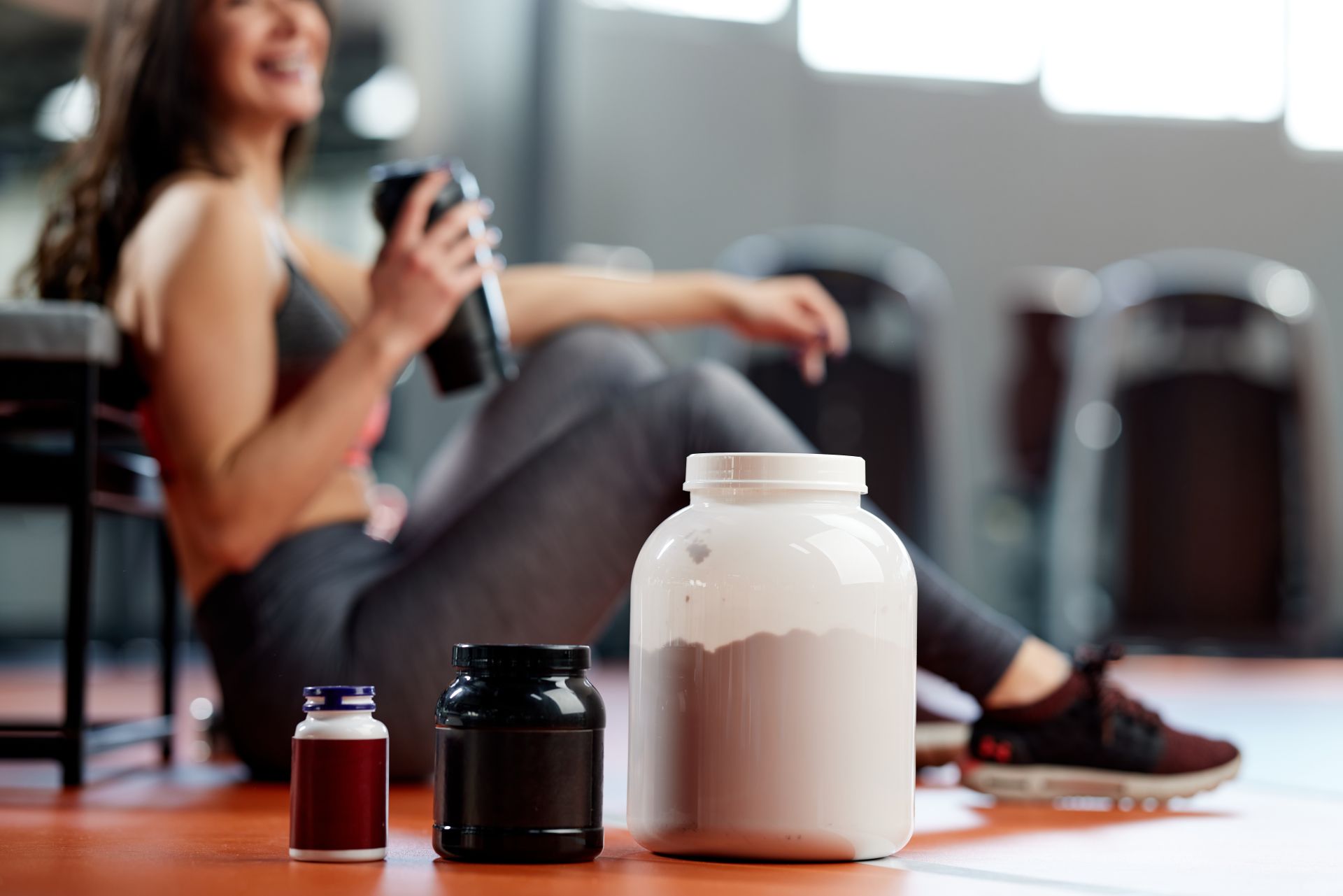
When is it best to use WPC and how to dose it?
Whey protein concentrate can help a person who regularly participates in sports meet increased daily protein requirements, as it is a convenient, instant-to-prepare and very appealing-tasting form of meal, especially after a workout. Studies have shown that the greatest gains in strength and muscle mass are observed when protein is supplied immediately after exercise (e.g., up to 2 hours after weight training). Taking into account the optimal leucine content of a meal, one serving of a whey protein concentrate-based protein supplement should provide at least 20 grams of protein. The optimal serving for the vast majority of people is to use 1-2 measures of whey protein concentrate, for example, for the first meal after weight training. It is worth mentioning that WPC will also work great as an addition to your morning oatmeal or evening fruit shake.
WPC - contraindications
The main contraindication to the use of whey protein concentrate is a diagnosed allergy to cow's milk proteins. WPC also contains a small amount of lactose, so people with intolerance to milk sugar and/or gastrointestinal conditions (e.g. irritable bowel syndrome - IBS, small intestine bacterial overgrowth - SIBO, inflammatory bowel disease) should avoid consuming such protein supplements. In addition, whey protein concentrate can aggravate acne lesions on the face and torso in some people.
Sources:
-
West DWD, Abou Sawan S, Mazzulla M, et al: Whey Protein Supplementation Enhances Whole Body Protein Metabolism and Performance Recovery after Resistance Exercise: A Double-Blind Crossover Study. Nutrients. 2017 Jul 11;9(7):735.
-
Kerksick CM, Arent S, Schoenfeld BJ, et al: International society of sports nutrition position stand: nutrient timing. J Int Soc Sports Nutr. 2017 Aug 29;14:33.
-
A Castro LH, S de Araújo FH, M Olimpio MY, et al: Comparative Meta-Analysis of the Effect of Concentrated, Hydrolyzed, and Isolated Whey Protein Supplementation on Body Composition of Physical Activity Practitioners. Nutrients. 2019 Sep 2;11(9):2047.
-
Bergia RE 3rd, Hudson JL, Campbell WW.: Effect of whey protein supplementation on body composition changes in women: a systematic review and meta-analysis. Nutr Rev. 2018 Jul 1;76(7):539-551.
-
Sepandi M, Samadi M, Shirvani H, et al: Effect of whey protein supplementation on weight and body composition indicators: A meta-analysis of randomized clinical trials. Clin Nutr ESPEN. 2022 Aug;50:74-83.

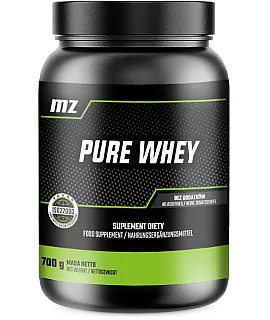
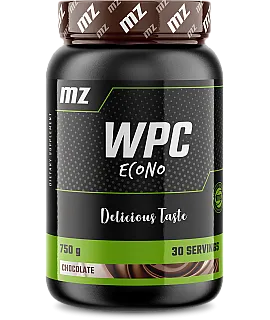
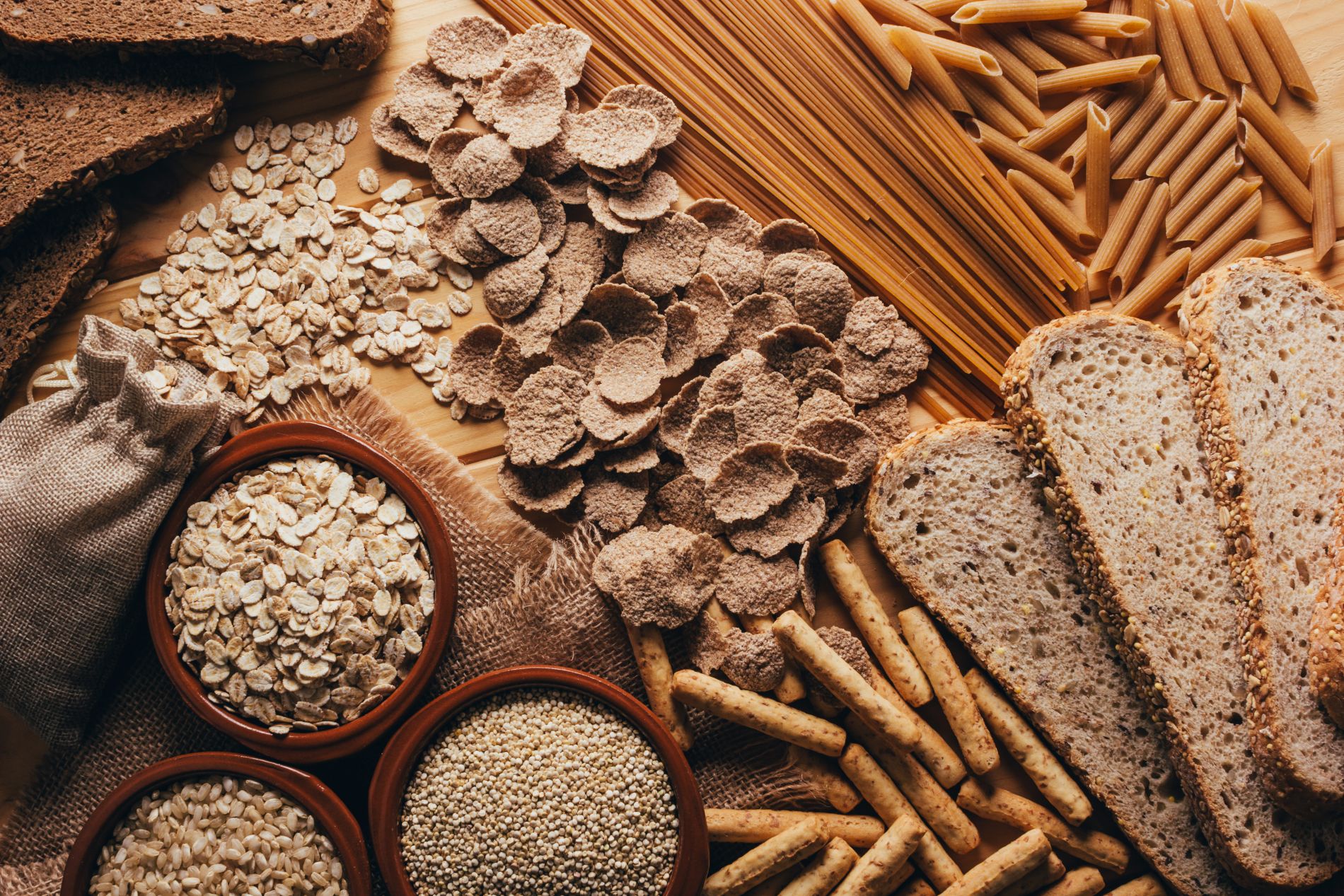 ⮜ Previous article
⮜ Previous article
Silica - uses, properties
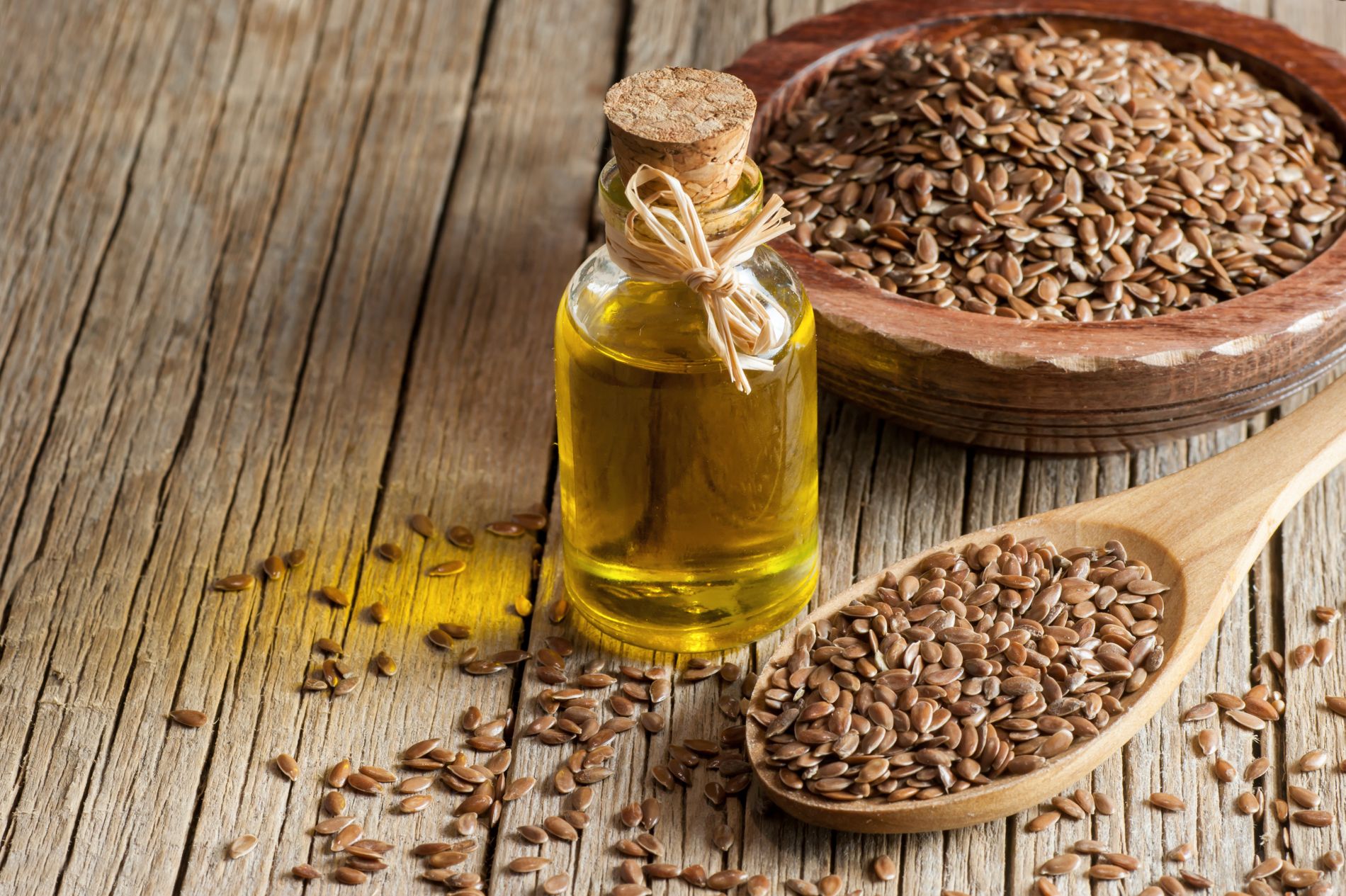 Next article ⮞
Next article ⮞